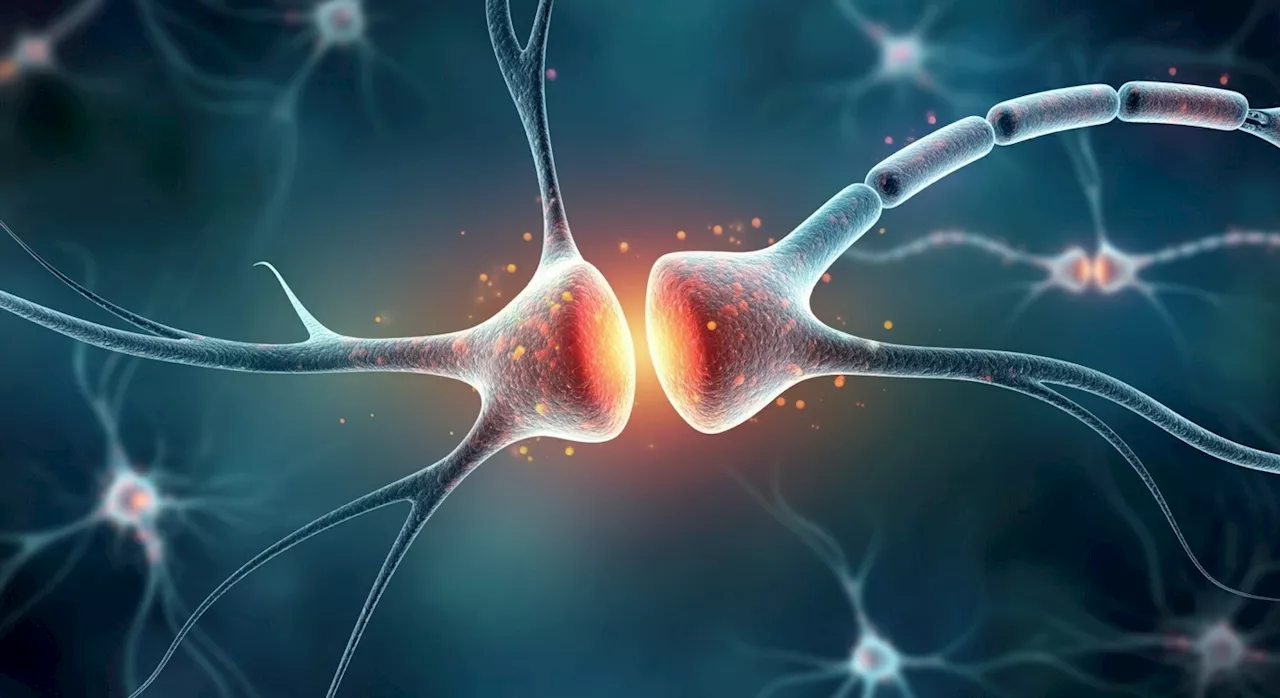Researchers uncover how slow CAG repeat expansions in neurons drive Huntington’s disease over decades.
By Dr. Sanchari Sinha Dutta, Ph.D.Reviewed by Benedette Cuffari, M.Sc.Jan 24 2025 Study uncovers how gradual CAG repeat expansion in neurons drives the onset of Huntington’s disease, offering new insights for potential therapeutic interventions.
What causes HD? HD is a life-threatening neurodegenerative disease that typically arises due to the inheritance of a DNA triplet repeat n in exon 1 of the huntingtin gene. This CAG repeat encodes for a polyglutamine tract within the HTT protein, which is involved in regulating gene expression, transporting materials between neurons, and protecting cells from death.
Gradual neuronal degeneration driven by CAG expansion Despite existing evidence on the genetic basis of HD, it remains unclear why the disease-causing mutation induces degeneration in specific neurons only during midlife after decades of biological latency. Notably, a CAP score of up to 300 is typically provided to HD patients without clinical motor symptoms, whereas those with CAP scores of 350 or more are experiencing HD symptoms. HD patients with CAP scores of 600 or more, which often reflects patients with advanced caudate atrophy, lost 80-99% of their SPNs, thus demonstrating the graduate degeneration of the caudate that is accompanied by increasingly severe HD symptom manifestation.
Computational extrapolation of the experimental data was applied to determine the rate and timing of expansion of CAG repeats in SPNs. To this end, a slow initial expansion that occurred less than once each year during the first two decades of life was observed.
Neurons Allele Cell DNA Exon Gene Gene Expression Genetic Germline Neurodegeneration Neurodegenerative Disease Neuron Protein RNA
United Kingdom Latest News, United Kingdom Headlines
Similar News:You can also read news stories similar to this one that we have collected from other news sources.
 Nasal Swab Test for Asthma Endotype Diagnosis Developed by University of Pittsburgh ResearchersA groundbreaking nasal swab test developed by University of Pittsburgh researchers promises to revolutionize asthma diagnosis in children. This non-invasive test accurately identifies specific asthma subtypes (endotypes), enabling clinicians to prescribe more targeted medications and paving the way for research into better treatments for lesser-studied asthma types.
Nasal Swab Test for Asthma Endotype Diagnosis Developed by University of Pittsburgh ResearchersA groundbreaking nasal swab test developed by University of Pittsburgh researchers promises to revolutionize asthma diagnosis in children. This non-invasive test accurately identifies specific asthma subtypes (endotypes), enabling clinicians to prescribe more targeted medications and paving the way for research into better treatments for lesser-studied asthma types.
Read more »
 Australian Researchers Develop Novel Blood Test for EndometriosisA breakthrough study published in Human Reproduction reveals a new blood test capable of diagnosing endometriosis, a debilitating condition affecting one in nine Australian women and girls. The non-invasive test identifies 10 protein biomarkers in the blood that can indicate the presence of endometriosis, offering a faster and more accurate diagnosis compared to the current average wait of seven years.
Australian Researchers Develop Novel Blood Test for EndometriosisA breakthrough study published in Human Reproduction reveals a new blood test capable of diagnosing endometriosis, a debilitating condition affecting one in nine Australian women and girls. The non-invasive test identifies 10 protein biomarkers in the blood that can indicate the presence of endometriosis, offering a faster and more accurate diagnosis compared to the current average wait of seven years.
Read more »
 Mediterranean diet's links to improved memory and reduced dementia risk wow researchersScots are partial to tucking into food from countries like Spain, France, and Italy, but they might not know that it could be giving them a huge brain boost.
Mediterranean diet's links to improved memory and reduced dementia risk wow researchersScots are partial to tucking into food from countries like Spain, France, and Italy, but they might not know that it could be giving them a huge brain boost.
Read more »
 Researchers uncover diverse asthma endotypes in youths using nasal transcriptomicsThe study highlights T2-low and T17-high asthma endotypes in minoritized youths, offering insights for precision medicine and improved asthma management.
Researchers uncover diverse asthma endotypes in youths using nasal transcriptomicsThe study highlights T2-low and T17-high asthma endotypes in minoritized youths, offering insights for precision medicine and improved asthma management.
Read more »
 Researchers Seek to Unravel the Mystery of Chronic Post-Surgical PainA team of researchers at Washington University School of Medicine in St. Louis has received a $5 million grant to investigate the factors contributing to chronic post-surgical pain. The goal is to develop personalized tools for risk assessment, pain prevention, and management, empowering patients to make informed decisions and potentially reduce long-term opioid use.
Researchers Seek to Unravel the Mystery of Chronic Post-Surgical PainA team of researchers at Washington University School of Medicine in St. Louis has received a $5 million grant to investigate the factors contributing to chronic post-surgical pain. The goal is to develop personalized tools for risk assessment, pain prevention, and management, empowering patients to make informed decisions and potentially reduce long-term opioid use.
Read more »
 Researchers enhance longevity of neural implants with protective coatingNeural implants contain integrated circuits (ICs) — commonly called chips — built on silicon. These implants need to be small and flexible to mimic circumstances inside the human body.
Researchers enhance longevity of neural implants with protective coatingNeural implants contain integrated circuits (ICs) — commonly called chips — built on silicon. These implants need to be small and flexible to mimic circumstances inside the human body.
Read more »
